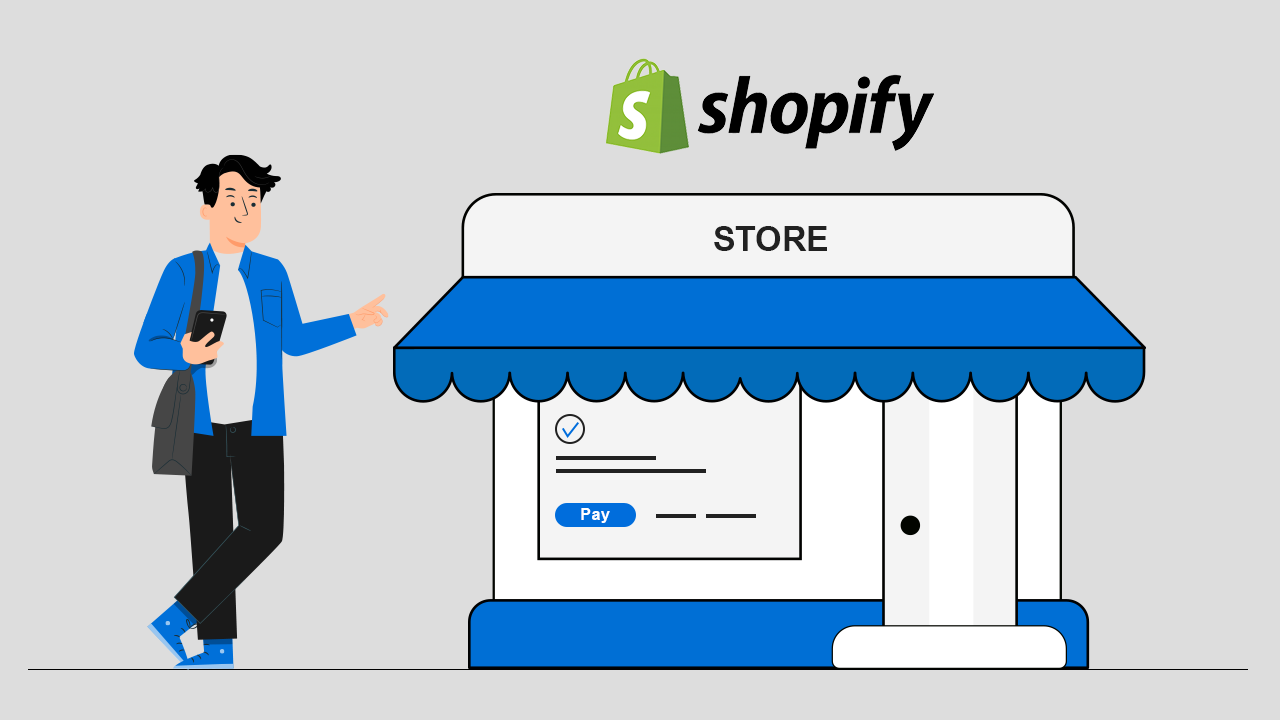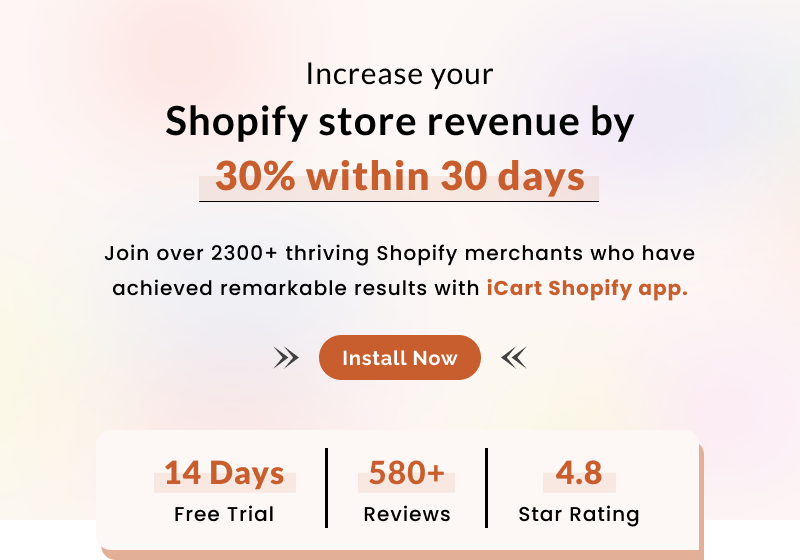
Have you ever dreamt of becoming a business owner? If you’re reading this, the odds are that you’ve at least given a thought about it. And while we can’t all become the next Silicon Valley genius or own a unicorn startup, it is possible to start a business that you can be proud of – even with a low budget.
If you want to build a new venture from the ground up, e-commerce now offers you plenty of cost-effective tools and platforms, so you can turn your dream into an achievable reality. It is now easier than before to register an online business and set up a store on Shopify. Even then, setting up an online business is no walk in the park.
While Shopify is the choice platform for many leading businesses, it has its unique set of challenges for aspiring store owners like yourself. Read on to find out what many business owners end up struggling with when they start selling on Shopify, and discover solutions to the most common Shopify problems below!
Difficulty importing products
For many first-time e-commerce store owners or dropshippers, the process of importing products can often be frustrating. Manually importing them takes an excruciatingly long time, which could be better spent on other profit-generating tasks.
Solution: In order to import products more easily and save time, find a Shopify extension which will allow you to save your favorite products from other stores. That way, you will be able to compile these products into a single, handy list and export them conveniently in .csv format.
Difficulty generating sales
With millions of Shopify stores in the market, vying for the attention of keen buyers has become increasingly difficult. You would need a well-crafted and considered digital marketing strategy, a Shopify theme with quick load time and easy navigability and a product with proven demand. How, then, can you set yourself and rise above your competitors?
Solution: If you’re having trouble generating sales, you should learn from what your competitors are currently doing right. Detect Google, Facebook and Instagram ad campaigns run by your competitors, so you can figure out how to piece together your own advertising plan.
Difficulty figuring out the right store configurations
How do you build the perfect Shopify store when there are so many options and customizations to choose from? There’s a lot of thought that goes into every choice, but most importantly, you must include a well-suited theme and integrate useful Shopify apps.
Solution: Use a Shopify extension with theme and app detection functionality, so you don’t have to conduct time-consuming research or waste resources trying out different configurations.
Lacking product focus
When you’re new Shopify merchant and getting ready to adorn your storefront with attractive products, it can be tempting to sell as many types of products as you can. However, you should avoid doing this. Overcrowding your Shopify store with too many products can cause your brand to lose focus, resulting in a customer base that is too divided. This can later sabotage your customer retention efforts, which will also impact sales in the long run.
Solution: Use a reliable inspector tool to find out what are the winning products on the market which customers are searching for, and how you can procure those items for your own Shopify store.
Lack of time-saving options
While you start your e-commerce journey, you may soon find out just how time consuming it is to get everything working properly and start running a business. As a store owner on Shopify with lots of priorities to juggle, it is crucial to find time-saving options for your needs. Whether you need a store that’s already been built or a tool that can give you the insights you need in the shortest amount of time possible, consider exploring the many options available.
Solution: If you want to get sales quickly, you can try ordering a custom-made Shopify store or buy a premade one that fits your criteria. You can also try out automated dropshipping, so that your business runs on its own once you set everything up properly.
Lack of flexible payment options
There are now many ways for customers to finance their purchases online, whether it’s through buy now, pay later methods or even cryptocurrency. A great way to improve customer satisfaction is to give customers the flexibility to pay for items in whichever way they want to. This could mean spending lots of time upfront integrating these payment platforms, but is almost guaranteed to make a lasting positive impact on your business.
Solution: Offer customers different ways to pay. There are now many platforms you can opt for, including (but not limited to) PayPal, Stripe, Shopify Payments and Klarna. For example, here’s a guide on how you can start accepting Bitcoin as a payment method on Shopify.
Conclusion
Perfecting your e-commerce sales strategy and ensuring your Shopify store takes off can be a confusing and daunting task, especially without the right tools at your disposal. Thankfully, you can take comfort in the variety of Shopify apps and extensions available to help you with your aims.
The biggest challenge, then, is determining which tool to use. There are many free and paid choices out there, but not all may provide the capabilities and power you need to accelerate your growth online.
Introducing Koala Inspector
One of the best Google Chrome extensions available in the market for Shopify store owners is the Koala Inspector. Koala Inspector was developed by Koala Apps and is a must-have Chrome extension, giving you visibility over competitors’ ad campaigns, themes and apps. With this extension, you will have access to all the best-kept Shopify success secrets. Now, you will no longer need to speculate why it is that other stores are getting sales and yours isn’t – unlock the insights you need instantly!
Koala Inspector also affords you the flexibility to customize your own product lists and export them with ease. Their round-the-clock customer support team is always there to answer any queries you have and to troubleshoot issues which you encounter.











Willingly I accept. An interesting theme, I will take part. Together we can come to a right answer. I am assured.
Excuse for that I interfere … I understand this question. It is possible to discuss.
Magnificent phrase
As an ecommerce entrepreneur myself, I can definitely relate to the challenges mentioned in this article. However, it’s important to note that there are other options out there beyond just Shopify. Selldone, for example, offers a no-code, no-expert business operating system that includes a built-in marketplace builder. This means that store owners can easily create and manage their own marketplace, without the need for third-party plugins or the added cost and risk that comes with them. Selldone also includes other enterprise-grade tools such as a community platform, incentive management, customer club, analytics, email marketing, and more. It’s definitely worth taking a look at Selldone as a solution for your ecommerce needs.